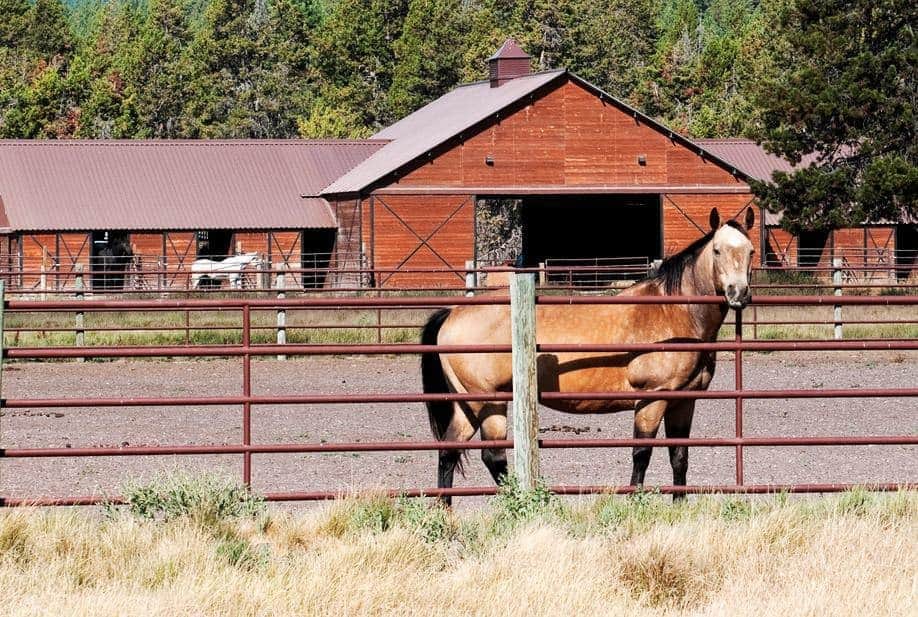The Latest on Feeding Laminitic Horses

If your horse falls into the at-risk category, consider these diet changes
The basic principles of feeding laminitic horses are well-established: Avoid high-sugar and -starch feeds and lush green grass. However, recent research has given us even more insight into how to manage horses affected by or vulnerable to laminitis. First and foremost, we must identify at-risk horses and ponies, monitor them, and adjust how we manage them daily to help prevent this devastating hoof disease from developing.
Laminitis Risk Factors
Laminitis is an inflammatory disease of the leaflike laminae that suspend the coffin bone within the foot. In serious cases, the laminae can fail and separate from the coffin bone and the hoof wall, causing the bone to rotate or sink. Michelle Coleman, DVM, PhD, Dipl. ACVIM, of Texas A&M University’s (TAMU) College of Veterinary Medicine & Biomedical Sciences, in College Station, was the study coordinator for the American Association of Equine Practitioners (AAEP) Foundation’s Laminitis Research Working Group. In the group’s four-year case-control study, veterinarians looked at 199 cases of laminitis within four weeks of the onset of clinical signs. They compared these cases to 198 healthy horses and 153 horses that were Grade 3 to 5 lame in one forelimb with no history of laminitis. One hundred and nine veterinarians in 32 states and three Canadian provinces supplied the data for these 550 cases. “What we found is obesity was one of the biggest risk factors,” says Coleman, who is an assistant professor of large animal internal medicine at TAMU. “Reducing the risk of obesity may be important in reducing the risk of laminitis.” The study results showed that horses with a body condition score (BCS) of 7 or higher on the 1-9 Henneke scale or with generalized or regional adiposity (fat distribution all over or in certain areas) are at a greater risk of developing pasture- and endocrinopathy-associated laminitis (PEAL). The team found the following factors also increased a horse’s laminitis risk:
- High body morphometrics, such as the body condition score and generalized and regional adiposity, already mentioned, along with larger neck circumference and decreased height (as in a pony);
- Recent diet or stabling changes;
- Exposure to lush pasture;
- Endocrine disease, such as pituitary pars intermedia dysfunction (PPID, or equine Cushing’s disease) and equine metabolic syndrome (EMS); and
- Glucocorticoid administration, such as dexamethasone or prednisolone, within 30 days of the onset of clinical signs of laminitis. (Coleman cautioned that researchers need more supportive evidence of this potential—only 6% of horses met the criteria.)
“That study gives us further evidence that the hormonal situation of the horse is important to consider in terms of laminitis risk,” says Nicholas Frank, DVM, PhD, Dipl. ACVIM, professor of large animal internal medicine at Tufts University’s Cummings School of Veterinary Medicine, in Grafton, Massachusetts
Create a free account with TheHorse.com to view this content.
TheHorse.com is home to thousands of free articles about horse health care. In order to access some of our exclusive free content, you must be signed into TheHorse.com.
Start your free account today!
Already have an account?
and continue reading.
Written by:
Sarah Evers Conrad
Related Articles
Stay on top of the most recent Horse Health news with















